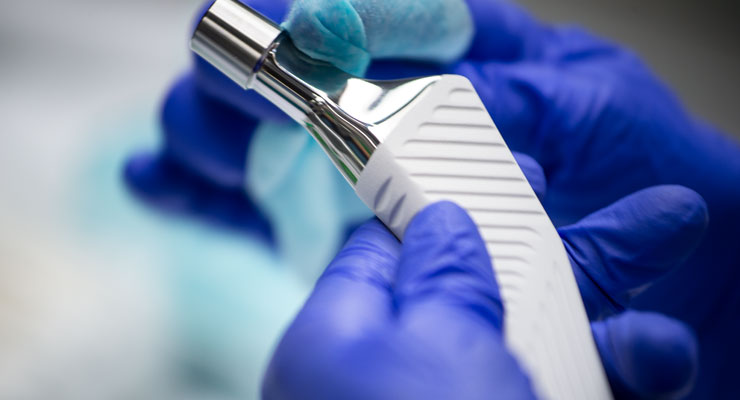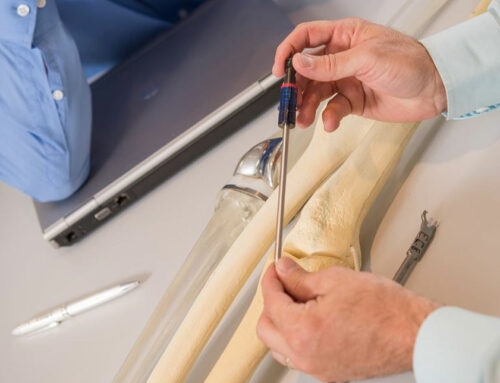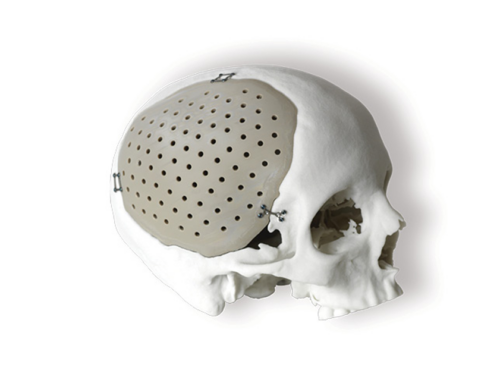Francesco Robotti, Scientific Marketing Manager at Lincotek Medical (former Eurocoating SpA) discusses the importance of surface treatments for orthopedic implants.
13 May 2019
Among metals, ceramics, and polymers there are just a limited number of materials that are used to make artificial implants. These few have to exhibit biocompatibility that is good enough to stay in the human body long term, all the necessary characteristics required for a functioning implant and meet the surface property requirements. All of that is critical for the success or failure of a device.
Several biomaterials may be needed to make a single device fit for the intended purpose. Important properties that are needed include resistance to wear, load bearing, and a stable connection with host bone. One single biomaterial is not able to express all this capability at the requested level for long term service but the combination of few materials can achieve this.
With regards to achieving a stable connection to bone, acrylic polymers applied in a paste stage – so called ‘bone cements’ – are a long-established and successful method. However, these have their limitations and may crack with time requiring complicated revision surgery. Some people may not be able to withstand anesthesia issues that may arise or sensitive to the use of bone cement, so an alternative is to use a ‘cementless’ device.
Cementless implants have become an increasingly used alternative to cemented implants in the past three decades. These rely on the concept of direct osseointegration between the implant and host bone. In this type of implant the surface of the implant is essential and in most cases a coating is required to give the implant its biocompatibility and encourage bone integration.
Two important coatings that are used are porous titanium and hydroxyapatite (HA). These may be applied via the Thermal Plasma Spray procedure. In such a case porous titanium exhibits a specific surface geometry made of holes and spikes. Its roughness and peaks give friction to help primary fixation of the implant while the right combination of porosity, pore sizes and interconnection generates a suitable environment for long term bone colonization, integration and consolidation. HA, a ceramic calcium phosphate-based material, can exhibit extremely high biocompatibility and help with bone remodeling and healing after surgery.
Both titanium and HA are applied in layers, and the thickness of these coatings matter. Too thick and Titanium coatings will have lower mechanical strength. Too thin and the open accessible porosity may not be sufficient for osseointegration. For this reason, there has to be the right compromise between the thickness of the layer and its porosity, which has to be carefully selected device by device. A similar compromise must be reached for HA coatings, which is a brittle material and needs to be applied at a low thickness to optimize the trade-off between biocompatibility and mechanical performances.
Future blogs will look at the different types of coatings that are appropriate to use on metals, ceramics and plastics.
Learn about our coating solutions.







